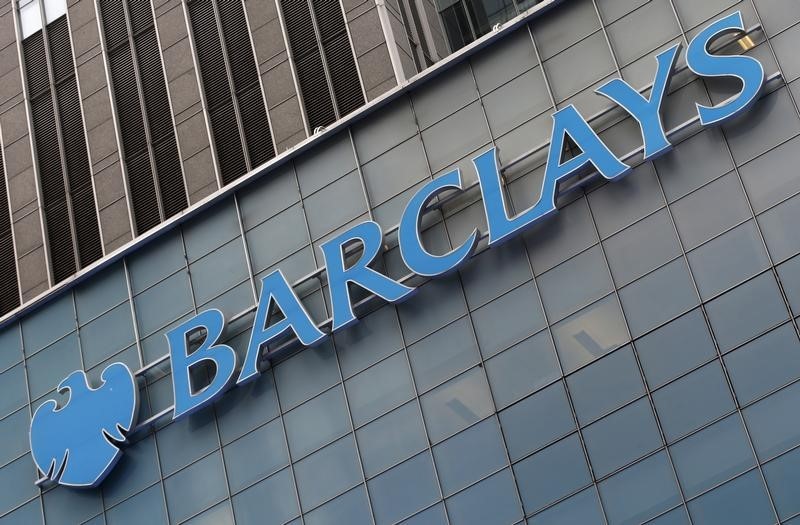By Steve Slater
LONDON (Reuters) - Barclays' (L:BARC) new chairman John McFarlane is expected to speed up cost cuts and asset sales at the British bank on Wednesday, when quarterly results will be eclipsed by his strategic plans and the search for a new chief executive.
McFarlane fired chief executive Antony Jenkins earlier this month, saying Barclays' turnaround was not happening quickly enough, so he is expected to give more details on his strategy alongside results for the second quarter.
McFarlane, who only joined the bank in April, will take on executive duties, spearheading a quest for higher returns until a replacement is found, which may not be until the spring.
"We believe ... McFarlane will take decisive action with regards to accelerating Barclays' strategy of return improvement," said Joseph Dickerson, analyst at Jefferies.
That could include speeding up the sale of assets the bank has already identified as non-core, including derivatives products and its retail operations in Portugal and Italy.
McFarlane is also expected to cut costs more ruthlessly in personal and commercial banking, which could involve thousands more job cuts and hundreds of branch closures. The bank is already in the midst of cutting 19,000 staff.
The investment bank also remains in the firing line, although Jenkins had already cut the business hard. McFarlane has said the investment bank would stay as a core business, but he is expected to cut trading desks and possibly divert capital to higher-returning advisory and underwriting activities.
McFarlane may also need to address concerns that Barclays is undercapitalised compared with peers. It could need to raise 5 billion pounds ($7.8 billion), potentially in the next year, according to Bernstein analyst Chirantan Barua.
McFarlane is expected to be quizzed on the search for a new chief executive, although he has said he is in no rush to appoint someone. Finance Director Tushar Morzaria is favourite for the post.

Barclays is expected to report an adjusted pretax profit of 1.75 billion pounds for the second quarter, according to an average of forecasts from 16 banks and brokerages polled by the company, which would be up 5 percent from a year ago but down 5 percent from the first quarter.